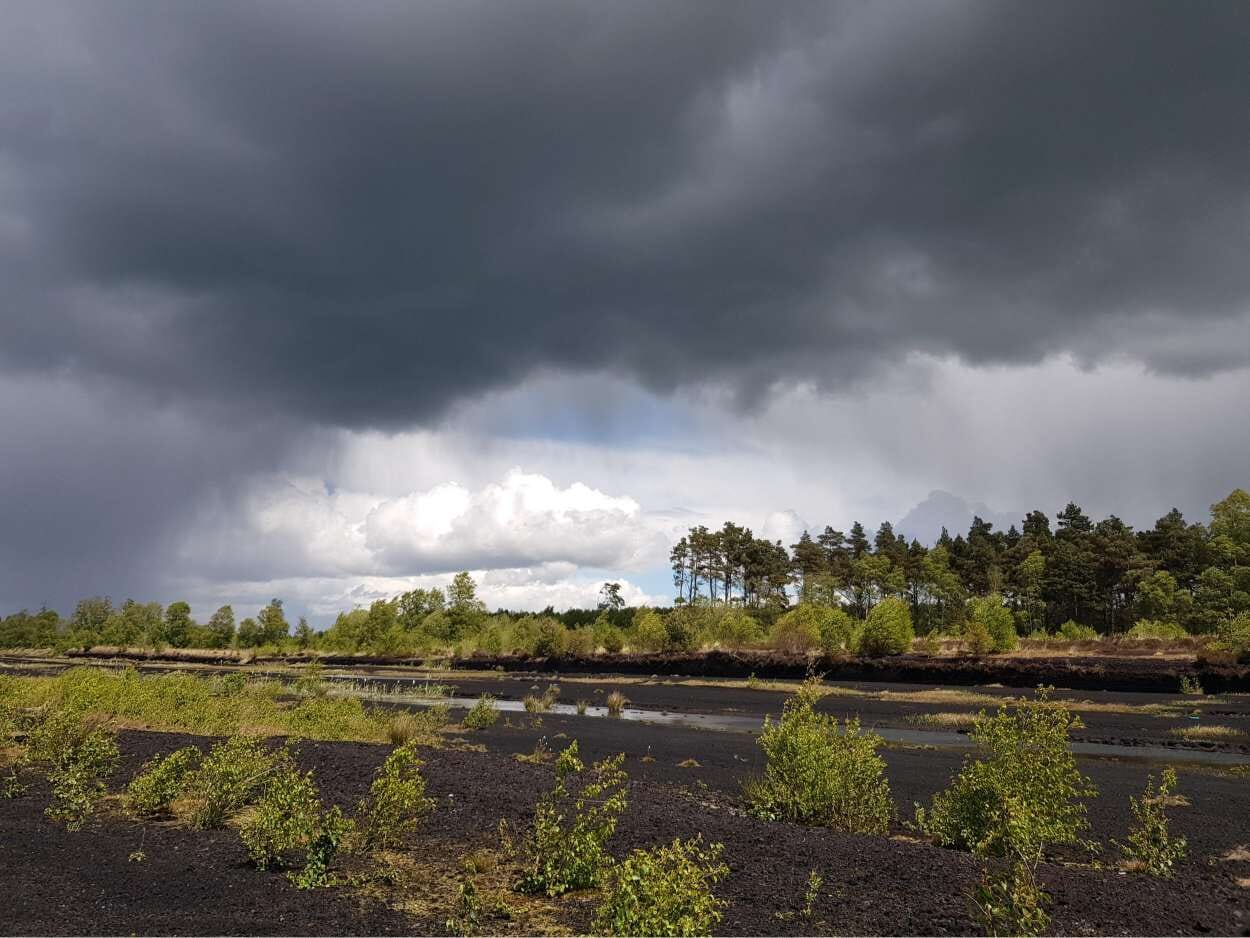- Location: Ireland
- Institution: Trinity College Dublin
- Status: Active
- Type: Independent
- Theme: Projections
- Timeframe: 2024-2029
Share on social
Terrestrial (land based) ecosystems play a crucial role in the global carbon cycle because they can store large amounts of carbon in plants and soil. However, there is a lot of uncertainty about how much carbon they can absorb in the long term and how vulnerable they are to climate change. Using ecosystems to store carbon as a climate solution or restoring them to support biodiversity depends on knowing that they will remain stable in the future.
While global models predict how much carbon ecosystems can store, these models are very broad and lack important local details, such as plant and soil characteristics or land use. Because of this, they are not reliable enough for decision-making at the local or national level.
Therefore, this project aims to create more accurate predictions for the UK and Ireland, estimating how much carbon different ecosystems can absorb and store under future climate conditions. These predictions will consider local factors like land use, management practices, and specific ecosystem types, making them more useful for planning and conservation efforts.
Project Goals
-
Combine information about carbon storage and plant growth from different sources to improve models and evaluations.
-
Predict how much carbon will be stored in soil and plants in the future in different climate scenarios.
-
Identify risks and weaknesses for different types of ecosystem restoration in a changing climate.
Institutions

